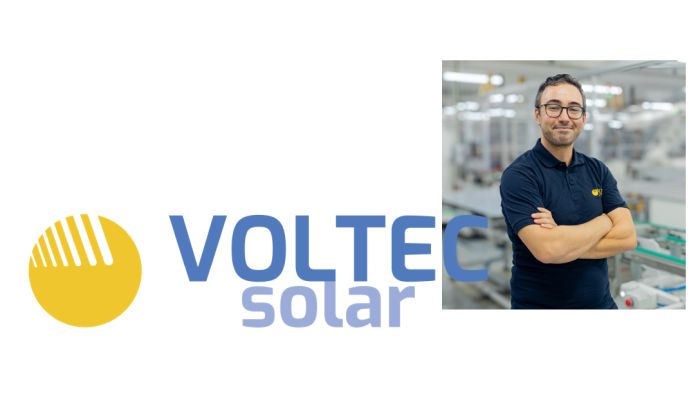Hi! I am Mehdi Sahli, the R&D leader at Voltec Solar. I hold an engineering degree in chemistry and a PhD in material mechanics. I’ve been a post-doc and then an R&D engineer at the University of Strasbourg in the ICube laboratory before joining Voltec Solar last July.
What was your original motivation to become a researcher/project manager?
I’ve always been captivated by the mystery of atoms and molecules, which naturally drew me to chemistry. After completing my engineering studies, I briefly joined the QEERI institute, where I was immersed in a community of researchers focused on photovoltaics. This experience ignited my passion for renewable energy. When I expressed my desire to pursue a PhD, a former professor suggested I dive into modeling and simulation—fields that were rapidly evolving at the time, thanks to advances in computing power. It was at this intersection of modeling, photovoltaics, and materials science that I found the perfect focus for my thesis and subsequent research.
What is your (main) research area today?
As an R&D leader in a PV module manufacturer, I work on many areas at once, including cell technologies, soldering techniques, materials testing, and more. Innovation has been the driving force behind Voltec’s success over the years, and our readiness for new technologies and market changes solidifies our position as one of the leading European manufacturers today.
What is the main focus of your team in SPHINX?
As a project coordinator, I am mainly involved in communication within the consortium, as well as the interface between us and CINEA. We are also engaged in developing a carport demonstrator, where SPHINX technology (such as coatings and UV downshifting encapsulants) will be utilized.
Could you describe your favorite moment/satisfaction when working for the project and – more in general – for your organization?
I’m happy to work in a field that I personally believe in. The energy transition is crucial today, and photovoltaics lead the charge as the primary replacement for electricity production.
Regarding the project, even though I’ve only been part of SPHINX for three months, I have been rapidly integrated into the group. I appreciate the high level of discussion and the collaborative aspect among all partners, whose goal is to achieve the best possible results in this project.
How do you expect SPHINX results will affect your organization and the PV sector?
BIPV is becoming an increasingly important part of the market, and the applications developed by the project will be utilized by many partners, including Voltec, in its own installations. The demonstrators will provide proof of concept for the technology’s potential and help relocate current production back to Europe.
Which partner would you like to nominate next for this coffee break?
As WP5 approaches, I’d like to nominate the WP5 leader, EPFL, for the next coffee break. It would be interesting to hear their perspective on the expected demonstrators for the project.


